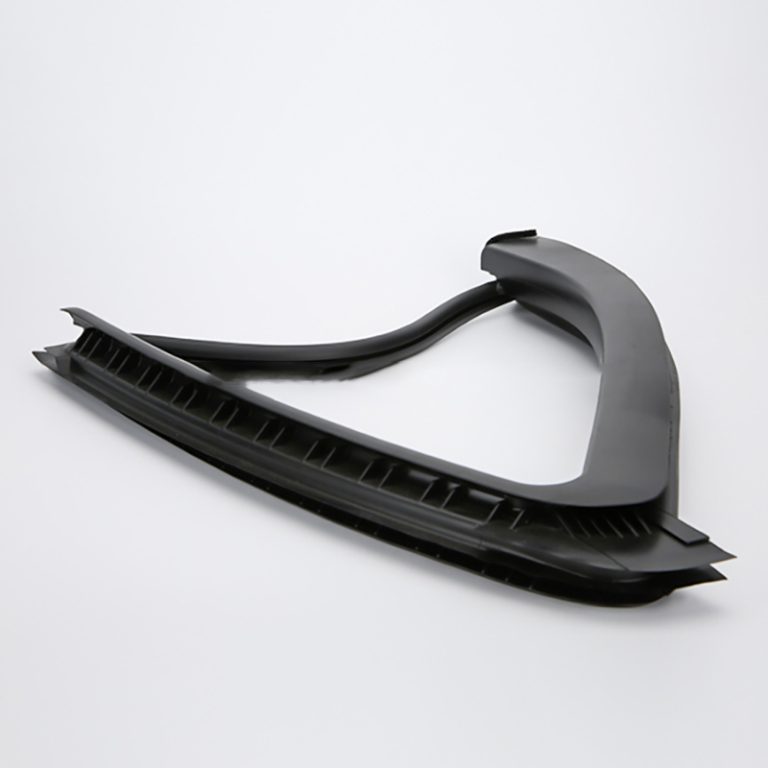The Basics of Injection Molding Machines for Plastic Caps

Injection molding machines are an essential tool in the manufacturing industry, particularly for producing plastic caps. These machines play a crucial role in the production process, allowing for the efficient and precise creation of plastic caps in large quantities. In this article, we will explore the basics of injection molding machines for plastic caps, providing an informative overview of their operation and key features.

To begin with, it is important to understand the fundamental principle behind injection molding machines. These machines work by injecting molten plastic material into a mold cavity, which is then cooled and solidified to form the desired shape. The process starts with the plastic material being fed into a hopper, where it is heated and melted. Once the material reaches the desired temperature, it is injected into the mold cavity under high pressure, ensuring that it fills all the intricate details of the mold.
One of the key components of an injection molding machine is the injection unit. This unit consists of a screw or a plunger that is responsible for melting and injecting the plastic material into the mold. The screw is typically used for thermoplastic materials, while the plunger is more suitable for thermosetting materials. The injection unit also includes a heating element to maintain the temperature of the plastic material during the injection process.
| Product Name | colour |
| Plastic injection molding parts | OEM/ODM |
Another important component of an injection molding machine is the clamping unit. This unit is responsible for holding the mold in place and applying the necessary pressure to keep it closed during the injection process. The clamping unit consists of two platens, one fixed and one movable, which are brought together to close the mold. The clamping force applied by the machine is crucial in ensuring that the mold remains closed and that the plastic material is properly injected into the mold cavity.
In addition to the injection and clamping units, injection molding machines also feature an ejection system. This system is responsible for removing the finished plastic caps from the mold once they have solidified. The ejection system typically consists of ejector pins or plates that push the caps out of the mold cavity. It is important for the ejection system to be properly designed and aligned to prevent any damage to the caps or the mold.
Furthermore, injection molding machines for plastic caps often incorporate advanced control systems. These systems allow for precise control of the injection speed, pressure, and temperature, ensuring consistent and high-quality production. The control systems also enable the monitoring and adjustment of various parameters during the molding process, allowing for optimization and troubleshooting if necessary.
In conclusion, injection molding machines are a vital tool in the production of plastic caps. These machines operate by injecting molten plastic material into a mold cavity, which is then cooled and solidified to form the desired shape. The injection unit, clamping unit, ejection system, and control systems are all essential components of an injection molding machine. Understanding the basics of these machines is crucial for manufacturers in the plastic cap industry, as it allows for efficient and precise production of high-quality caps.






